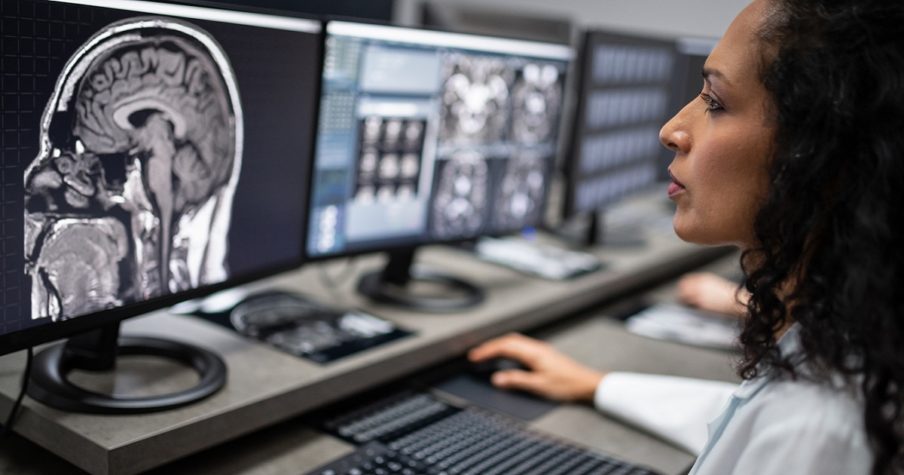As outlined by the American College of Radiology, there are over 15 components of a radiology report. The length of the report should have some relationship to the complexity and cost of the exam. It should have pertinent positive and negative findings and address any specific clinical concerns. All important findings need to be stated first and any incidental findings are reported at the end. The radiology report’s main premise is to answer the clinical question from the radiology request. The main components are:
-
- Patient’s demographics. Name, social security number, etc.
- Relevant clinical information and ICD-10 code.
- Body of the report.
- Impression (the radiologist’s conclusion or diagnosis).
In the radiology report, certain clinical questions need to be answered. Some of the important clinical questions are:
- What radiological test was conducted? There needs to be an exact match between the exam that was conducted and the CPT code. If the CPT code does not accurately describe the procedure, then the physician will not be reimbursed fully for his/her services. If there is a procedure that does not have a specific CPT code, non-specified codes exist at the end of every section in the handbook.
- Why was the radiology exam conducted? Coding must reflect what was done, why it was done, and must meet the payer’s expectations that the two are appropriately and plausibly related.
- What were the main findings of the examination?
- How was the radiological test conducted? An exam can be conducted in many different ways such as using contrast or not using contrast in a CT exam or taking radiographs in different positions. These modifications need to be documented in the radiology report.
- What is the radiologists interpretation of the clinical findings? This section states the radiologist clinical diagnosis from his/her findings.
Some physicians who are specialized in certain areas of medicine may choose not to review or even read the radiologist’s report. In their opinion, all they need are the images from the study in order for them to proceed with their diagnosis and possible eventual treatment plan. However, no matter the physician who orders an imaging exam to be completed at Capitol Imaging Services, our radiology staff will always issue a report and have it sent and made available to the doctor.
Capitol Imaging Services provides a high level of radiological expertise usually not found at independently-owned imaging organizations. The right study done for the right purpose and completing the right radiology interpretation. That’s what we do.
Choose Capitol Imaging Services: doctor trusted and patient preferred.


